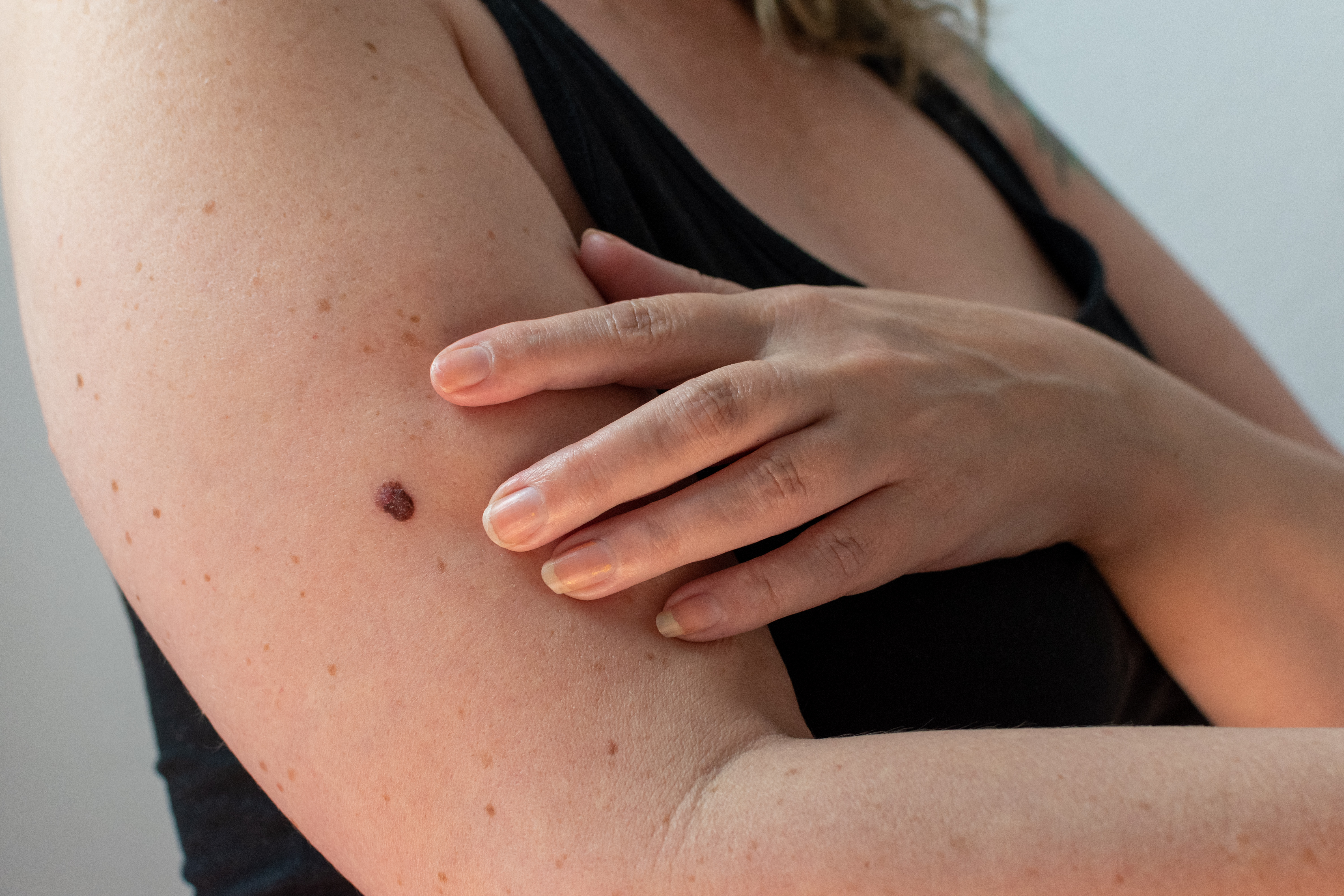
Evidence-based communication through social media may help increase melanoma skin checks, according to a recent study published by Nadratowski et al in JID Innovations. Although the incidence of melanoma has continued to increase, regular skin checks can boost early detection and treatment of the disease. In the recent study, researchers asked participants to view health communication messages and answer questions regarding melanoma. The study participants received one of two, both, or no messages, which were graphics designed to be served via Facebook and Instagram. They had distinct messaging: either melanoma knowledge–focused, detailing the differences between noncancerous lesions and melanoma and aiming to improve awareness of melanoma’s warning signs and symptoms, or spot-the-difference graphics aiming to increase confidence in identifying moles. After receiving the messages intended to increase melanoma knowledge, participants were able to identify a greater proportion of melanocytic nevi (74.6% vs 70.4%), with a mean number of 17.9 (95% CI = 17.5–18.3) vs 16.9 (95% CI = 16.6–17.3) identified, and were more aware of melanoma warning signs, with a mean number of 5.8 (95% = 5.7–5.8) vs 5.6 (95% CI = 5.5–5.7) identified. After receiving messages intended to increase confidence in self-checks, participants reported a higher intention to perform a skin check on a scale of 1 to 5, with a mean number of 3.8 (95% CI = 3.7–3.9) vs 3.6 (95% CI = 3.4–3.7). The participants who received both messages reported the most benefit in terms of melanoma knowledge as well as confidence and accuracy in performing skin checks. In a companion press release on the findings from the University of Oregon, the study authors concluded: “We’re really interested in helping the public … be healthier and have greater welfare. This is just one of the attempts we’ve made to make complex science useful to people, and there will be more.”